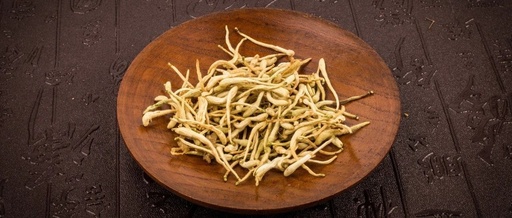Introduction
Exogenous diseases refer to illnesses caused by the invasion of external pathogenic factors, clinically manifested as nasal congestion, runny nose, sneezing, cough, headache, chills, fever, and general malaise. These symptoms can occur in all seasons, with a higher prevalence in spring and winter. The method of relieving exterior symptoms (解表法) refers to treatment approaches for exogenous diseases, traditionally classified into categories such as pungent-cool (辛凉解表), pungent-warm (辛温解表), and harmonizing methods. However, in clinical practice, the application of these methods varies significantly based on the diverse nature of the symptoms, the physician’s training, and regional differences. Mr. Shi Jinmo, one of the four renowned physicians in the capital, skillfully utilizes medicinal combinations, emphasizing the smooth flow of Qi, and combines digestive and exterior-releasing methods. Today, we present two case studies and introduce Mr. Shi’s treatment experiences for readers’ reference.
Case Studies by Shi Jinmo
【Case One】
Ms. Deng, 41 years old.
She has had a cold for two days, with heavy nasal congestion, runny nose, sore throat, cough, unproductive phlegm, body aches, normal tongue coating, and a floating, rapid pulse.
Prescription: 2 qian of roasted Qianhu (前胡), 5 qian of Baiwei (白苇根), 2 qian of Jin Yin Hua (金银花), 2 qian of roasted Bai Qian (炙白前), 5 qian of Bai Mao Gen (白茅根), 2 qian of Ren Dong Teng (忍冬藤), 2 qian of roasted Su Zi (炙苏子), 2 qian of Ku Ju Gen (苦桔梗), 2 qian of Niu Bang Zi (牛蒡子), 2 qian of Qing Ma Bo (轻马勃), 2 qian of Dai He San (黛蛤散, in a cloth bag), 2 qian of roasted Xing Ren (炒杏仁), 6 qian of Dong Sang Ye (冬桑叶), 2 qian of Bo He (薄荷梗), 3 qian of Qing Lian Qiao (青连翘), 6 qian of tender Sang Zhi (嫩桑枝), 3 qian of Feng Huang Yi (凤凰衣), and powdered Gan Cao (粉甘草, dosage missing from original prescription).
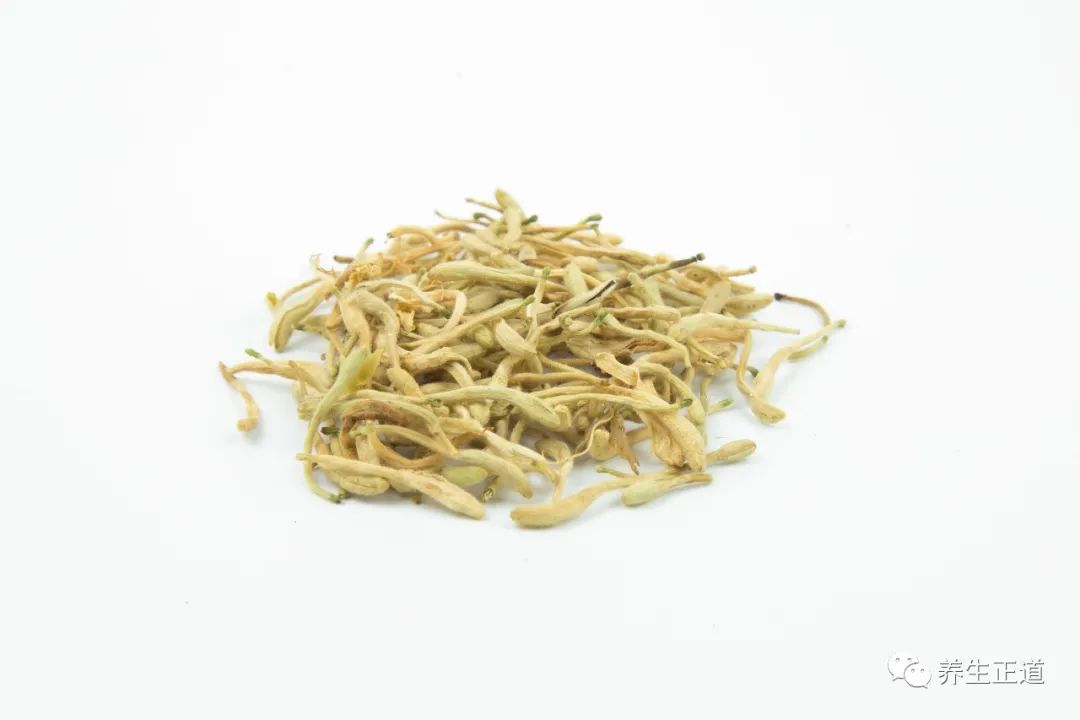
Image: Jin Yin Hua (金银花)
Commentary: This case presents typical cold symptoms. After two days of illness, the pathogenic Qi is strong, obstructing the exterior and affecting the lungs, leading to phlegm-heat transformation. Mr. Shi combined Yin Qiao San (银翘散), Qiao He Tang (翘荷汤), Sang Xing Tang (桑杏汤), Jie Geng Tang (桔梗汤), and Dai He San (黛蛤散) to create a modified formula. The ingredients Qianhu, Sang Ye, Lian Qiao, Ren Dong Teng, Bo He, and Sang Zhi clear and disperse lung Qi while addressing the exterior pathogen; Jie Geng, Niu Bang Zi, and Ma Bo clear heat and benefit the throat; Zi Su Zi, Jie Geng, and Xing Ren transform phlegm and regulate Qi to stop cough; Bai Wei and Bai Mao Gen clear and moisten phlegm; Bai Qian and Qianhu disperse lung Qi and stop cough; Feng Huang Yi and Gan Cao protect the stomach and benefit the middle. The prescription is skillfully crafted, embodying balance and harmony.
【Case Two】
Mr. Zhang, 50 years old.
A week ago, after bathing in the evening, he felt a penetrating cold wind on his way home, with sweat trapped inside. That night, he developed a high fever, heavy nasal congestion, and body aches. After taking medicine, he sweated but the cold did not resolve. Chills and fever were mild during the day but severe in the evening, with dry mouth, constipation, chest tightness, and loss of appetite. His tongue coating was thick and yellow, and his pulse was strong and rapid.
Prescription: 3 qian of Hang Bai Shao (杭白芍), 1.5 qian of Gui Zhi (桂枝, stir-fried), 3 qian of Dan Dou Chi (淡豆豉), 2 qian of Jiu Tiao Qin (酒条芩), 2 qian of stir-fried Zhi Zi (炒栀子), 0.5 qian of Zi You Po (紫油朴), 7 qian of Gua Lou (全瓜蒌), 0.5 qian of stir-fried Zhi Ke (炒枳壳), 3 qian of Xing Ren (杏仁) paste, 3 qian of Xie Bai (薤白头), 0.5 qian of Ku Ju Gen (苦桔梗), 5 qian of Bai Mao Gen (白茅根), 1 qian of roasted Chao Shao (炙草梢), 5 qian of Bai Mao Gen (白茅根), and 3 pieces of Da Hong Zao (大红枣), and 3 slices of fresh Sheng Jiang (鲜生姜).
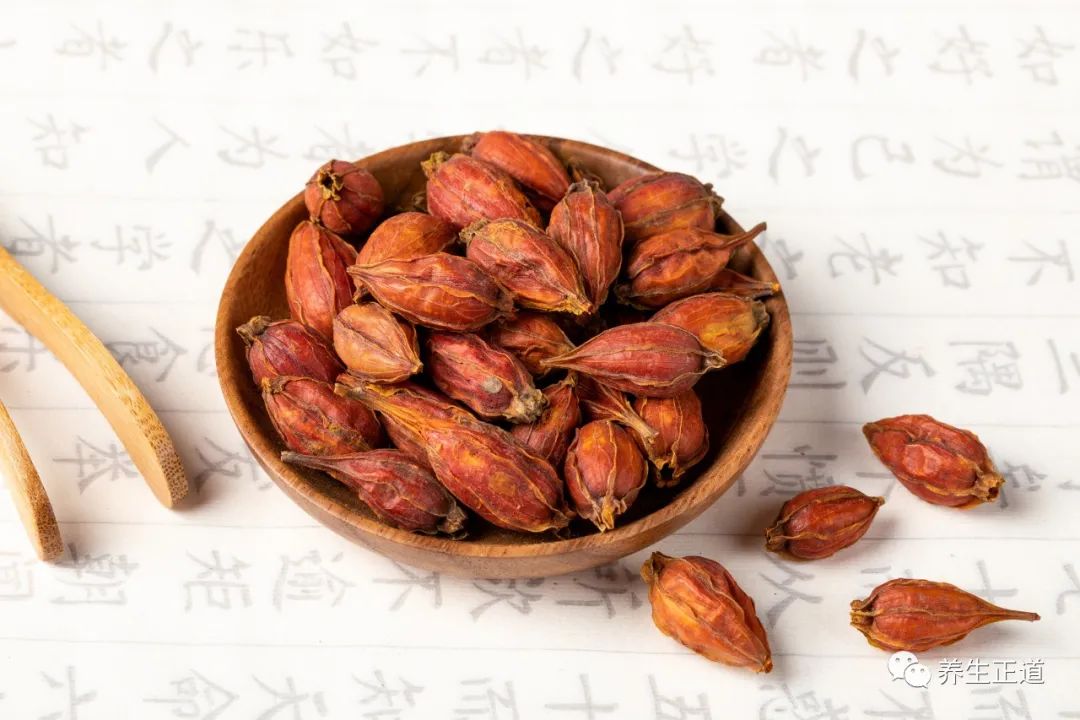
Image: Zhi Zi (栀子)
Commentary: After bathing, the patient’s pores opened, leading to an invasion of wind-cold, with sweat trapped inside, resulting in fever and body aches. According to the “Shang Han Lun” (伤寒论), Section 35 states, “In Tai Yang disease, if there is headache, fever, body aches, and no sweat with wheezing, Ma Huang Tang (麻黄汤) is the main treatment.” However, since the patient did not resolve the cold after sweating from the medicine, it indicates a disharmony between the Ying and Wei, rather than an exterior excess. Additionally, there is a precedent for treating wind-cold after bathing with Gui Zhi Tang (桂枝汤). With dry mouth and constipation, thick yellow coating, and a strong rapid pulse, it suggests phlegm-heat obstruction. Mr. Shi combined Gui Zhi Tang with Dan Dou Chi Tang (栀子豉汤) for a dual exterior-interior resolution, using Huang Qin, Gua Lou, Zhi Ke, Xing Ren, Jie Geng, Lu Gen, and Bai Mao Gen to transform phlegm and clear heat, assisting Dan Dou Chi Tang in clearing internal heat. Mr. Shi skillfully employs ancient formulas, adhering to their original intent, adapting them according to the symptoms, showcasing remarkable ingenuity.
Shi Jinmo’s Approach to Treating Exogenous Diseases
In spring, the Qi is warm; in summer, it is hot; in autumn, it is cool; and in winter, it is cold. These are the righteous Qi of the four seasons. If the Qi does not adapt to its season, and the righteous Qi does not counteract the evil Qi, it can lead to illness, hence exogenous diseases can occur in all seasons. Broadly, they can be classified into wind-cold and warm-heat types, which can further be divided into infectious and non-infectious categories. Infectious diseases include epidemic meningitis, Japanese encephalitis, typhoid fever, scarlet fever, and measles, while non-infectious diseases include wind-cold and heatstroke. My view is that regardless of whether it is wind-cold or warm-heat, infectious or non-infectious, it is essential to consider both external and internal factors. The six excesses and epidemic pathogens are external factors, and purely external factors alone cannot cause disease.
Treating exogenous diseases requires a critical differentiation of exterior and interior. Exogenous diseases involve the invasion of external pathogens, necessitating an outlet; one must not close the door to the enemy! The outlets include sweating and bowel movements. For exterior conditions, sweating is primarily used, while for interior conditions, bowel movements are used to clear. Therefore, distinguishing between exterior and interior is crucial. Excessive sweating can damage fluids, while excessive purging can weaken the righteous Qi. Exogenous febrile diseases often involve internal heat accumulation, and for wind-cold, treatment should simultaneously release the exterior cold and clear the interior heat, with a proper balance of exterior and interior medications.Treating exogenous diseases involves methods such as seven releases and three clears, six releases and four clears, half release and half clear, and three releases and seven clears, which, although personally coined, demonstrate the critical relationship between exterior and interior in clinical practice and are quite practical.
Featured Book
This book is centered on human principles, compiling the clinical experiences of the four renowned physicians in the capital, focusing on their expertise in clinical cases, discussions, and theories, especially classic cases that reflect the characteristics of Beijing medicine, organizing and compiling their commonly used treatment methods.
Link to purchase the book from the TCM Academy —
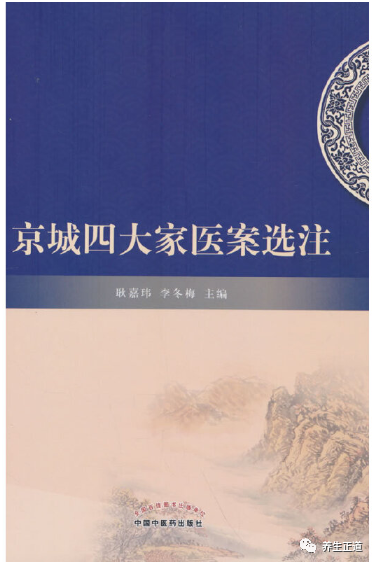
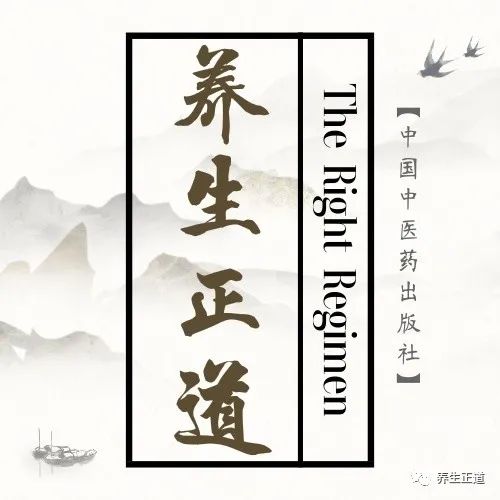
Path to Health Preservation
Copyright Statement
This article is excerpted from “Selected Clinical Cases of the Four Great Physicians of Beijing”, published by the China Traditional Chinese Medicine Press, edited by Geng Jiawei and Li Dongmei ◎ Chief Editors, with all rights reserved by the original authors. The images are copyright images purchased by the publisher from a stock photo website; please do not steal images.
For commercial cooperation or submissions: [email protected]
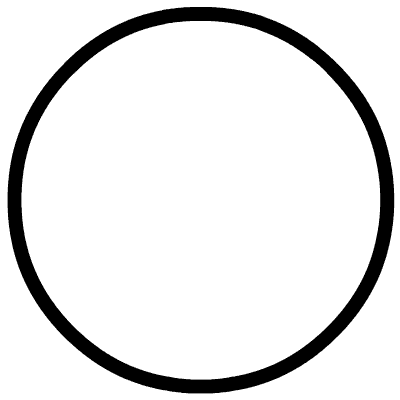 Click “Read Original” to purchase the book on the WeChat platform
Click “Read Original” to purchase the book on the WeChat platform

